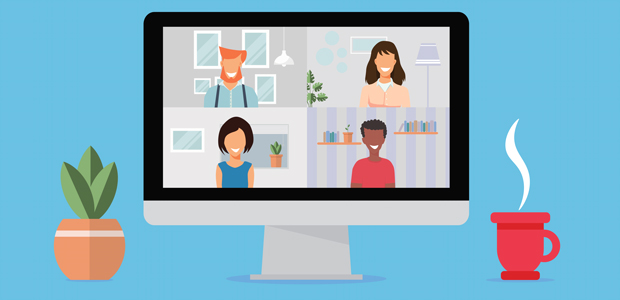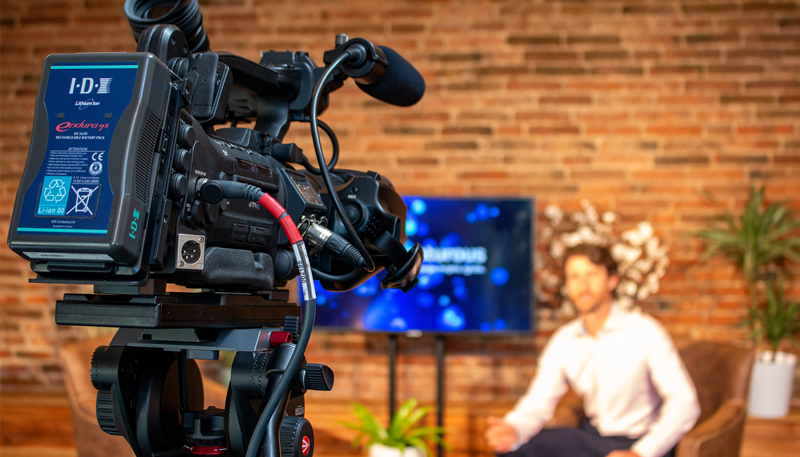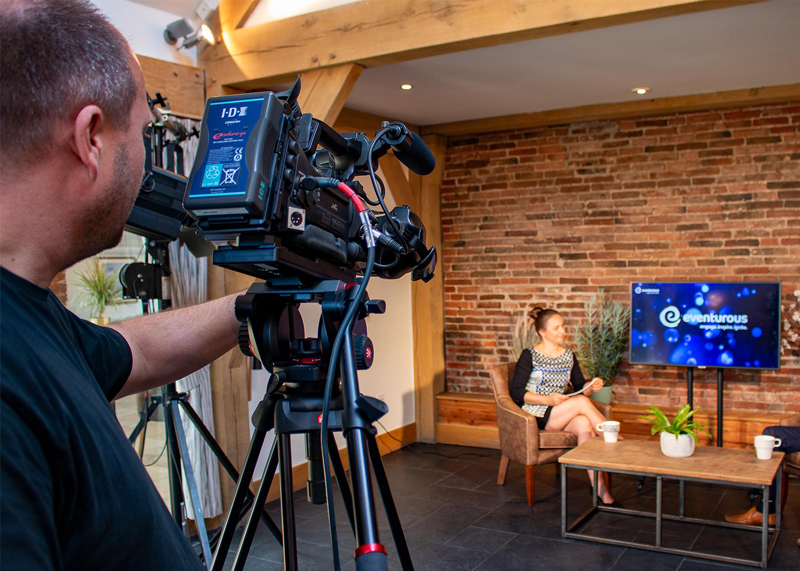
Seven Top Tips for Organising Your Virtual Event
From product launches to investor pitches, in the current climate, virtual events have become essential to businesses wanting to connect with their clients. But if you haven’t planned a virtual event before, it can seem daunting. With so many hosting options, plug-ins and technicalities to think about, where’s the best place to start? We’ve compiled some top tips to help simplify the planning and make your virtual event a success.
-
Focus on story and content throughout
When organising your event, its important to keep the goal and purpose at the forefront of your mind. Its easy to get caught up in flashy graphics and fun add-ons, but are they helping to elevate your message? Concentration spans are greatly decreased when viewing a meeting or event digitally, so its important to keep driving your key messages to avoid them being missed. Map out the main points you want your audience to take away before starting any other planning, then at each stage of planning your event, ask yourself, ‘will this help to drive my message’? If the answers no, it might be best to go in a different direction.
-
Consider your audience
As with any marketing, its important to consider who your audience is and what their needs are. For example, if you’re holding a product launch for young bloggers and influencers, you’ll want to find ways to create social media worthy stories or imagery, possibly that’s best accessed from a mobile device. Whereas, if your event is to pitch to large digital and tech firms, you might need an event hosting platform with added cyber security. Keep your audience in mind throughout your event planning.
-
Choose the right platform to host your event
There are loads of virtual event platforms to choose from and picking the right one can seem tricky. Fortunately, by the time you come to picking your platform, you’ll have considered the previous two points – story and audience. The key factors outlined for those will help to narrow down your platform choices. Some things to consider when choosing your hosting platform include:
- Meeting capacity – How many attendees can it host?
- Breakout room support – Do you need the option to create separate, smaller meetings?
- Customisation – Can your branding/3D product imagery/videos/presentations etc be incorporated
- Downloads – Does the platform require downloading? Will delegates be happy to do this?
- Usability – Is the platform easy to use for your intended audience? Is it easy to schedule and join your event?
- Speakers – Does the platform allow for multiple hosts? Can your speakers access it easily?

Make sure you research your platform well. This will be essential in ensuring your event runs smoothly.
-
Think about your set-up
If you’re going to be livestreaming your event, consider the space you’ll be presenting from. If you’re hosting from home, ask yourself: Does the space look professional? Is the sound and lighting good? Do you have easy access to any props or products you need? It’s a good idea to test your set-up on a call with friends or family first, to check everything works properly and iron out any issues before you stream to your live audience. There’s also the option of hiring a professional events space, with a full streaming set-up. This can be costly but can also significantly increase the quality of your video stream and audio and give you a slick space to host from, with a branded set and everything you need on hand. Consider your audience and budget and then look into your options.
-
Include audience participation
Let’s face it, no matter how interesting something is, when we’re merely listening to someone talking, attention spans are short. And when the person talking is on the other side of a computer screen, the temptation to scroll through our phones or nip and make a cup of tea is just too great. That’s why all good events include some form of audience participation. Getting your attendees involved is a sure-fire way to retain attention, whether its with a short quiz, icebreaker activity or Q&A. There are loads of options to incorporate this, whether through a separate app, second screen or just through your live stream.
-
Build up a Hype for Your Event
This one is more for product launches and events that aren’t ‘invite only’. A few months before your event, start to create a buzz around it. You’ll need to make sure you have a cohesive message to put out and a teaser video or image can help too. Promote your event in blogs and on social media to achieve a higher attendance. You might also want to consider guest speakers relevant to your message. Influencers and experts can be a great selling point and can help increase your reach by spreading the word to their own followers.

-
Don’t let the end be the end
You’ve done all your planning and delivered a great event but that’s just the beginning. For your event to be a success, you need to follow up. This is where the content you’ve created becomes even more valuable. You need to keep your message going. Repurpose your content to send out downloadable slides. Create bite-sized videos or social media graphics that can be posted regularly. Rewrite your content into a post-event press release. The more you keep the message at the forefront of peoples’ minds, the more successful your event will be. Look into some data capture sites and apps that can run alongside your event to take attendees details. This way you can follow up a few days after the event.
As with any event, planning a virtual event takes hard work and research to get right but investing time in those early stages will prove invaluable. Whether planning your event in-house or working with an events company, keep in mind your audience and message throughout the process and great results are sure to follow.

